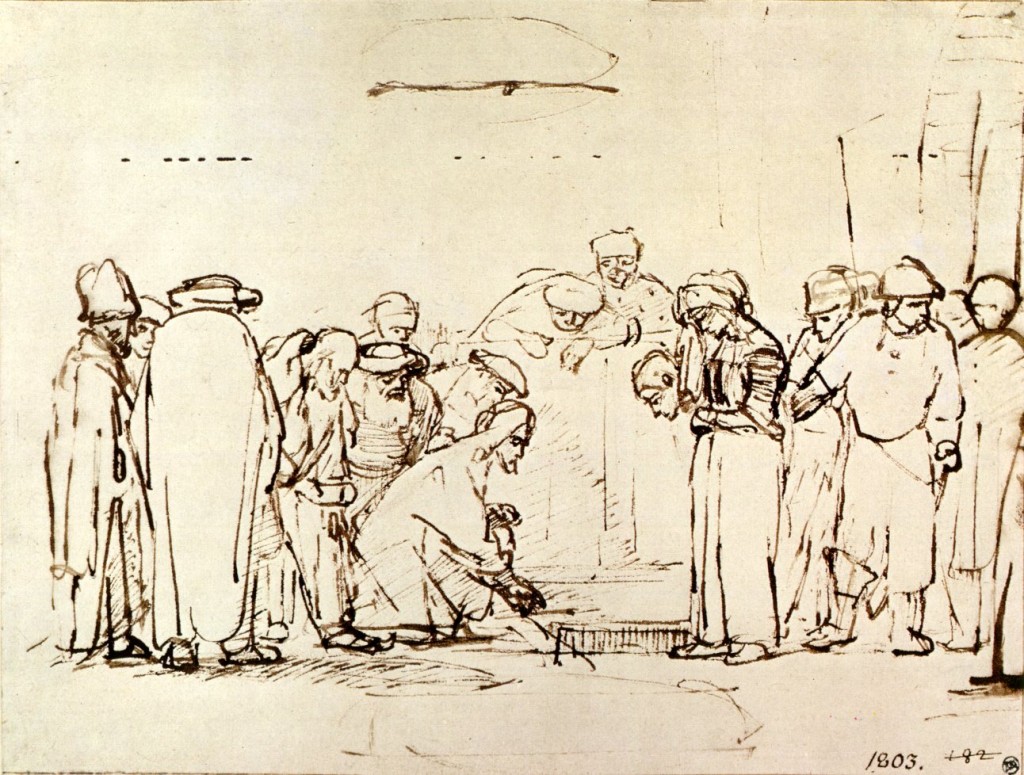THE MAGAZINE
By Kelly Wilson
If there’s one thing I’ve learned in my nearly two decades as an advertising writer, it’s that the straight facts will only hold a customer’s attention for a moment. It takes a story to move hearts.
Tell them a new camera has 8 megapixels with autofocus and a fast shutter speed, and the features all get mixed together in a blur of numbers. Show them they can capture their baby’s first steps, and they are sold.
Telling a heart patient that a pill lowers their blood pressure a few points may make them nod. Telling them they will live long enough to go to their daughter’s wedding? That will make them a customer.
Making the listener a character in a story they can engage in, with details they care about, unveils the true meaning of the facts and figures.
This is a concept that Jesus seemed to understand well. And not just through his parables, those brain teaser-like stories that flipped common expectations on their head to describe the surprising values of his kingdom.
He also showed up in the right place and time to be a part of stories that revealed the true meaning behind his message.
One such example is his encounter with the adulteress waiting to be stoned by her accusers.
From a facts-and-figures perspective, there was little question about the value of an adulterous woman in 1st century Palestine. The ancient scriptures made in clear:
“In the Law, Moses commanded us to stone such women.”
The rules of the transaction are as clear as taking a pill to lower your heart attack risk: follow these steps to remove this problem and stay on God’s good side.
But then Jesus stepped in and made it a story.
“He who is without sin, throw the first stone.”
As soon as Jesus said that, he plunged all the listeners into story. Suddenly all of the accusers were thinking about what they’ve done themselves, and why they did it, becoming characters in their own narratives.
And in that moment, they were also forced to confront this woman they had been so moved to erase, just moments ago. She wasn’t just the object of their wrath. She too, was a character in a story, just like them. With motivations. With reasons. With context.
They knew where she lived. They knew her story. Maybe some of them were part of it.
It is notable that the gesture that Jesus makes before the stones start falling is to write in the sand.
What does he write? A commandment? A story? Something someone there doesn’t want known?
Whatever it is, every man there is convicted to stop the execution and go their own way.
Many Christians are quick to point out that Jesus ends the story by saying to the woman, go and sin no more. And by that, the implication is that this is simply a story about hypocrisy on the accusers’ part.
But I think it’s more than that. I’m not sure what the woman did next—I’m not sure that someone of her social status in that time and place could so easily dissolve her economic and relational bonds as quickly as that. We don’t know what she did when she went back home.
But what we do know is that Jesus said she was not condemned. Now that she was a story and not a statistic, her status was changed. She was a real person in a real situation, and, once they saw her for what she was, no one could stand to condemn her.
When I look at our world today, I see so many situations that look like simple value propositions on paper, but once we listen to the stories, we can’t help but understand.
Stories of people struggling for justice, for equality, to release themselves from the bonds of poverty and other bonds. Stories of people who in the end are just like us.
And, if we really hear the stories, our judgments have nowhere to go but to fall away.
Once I see the real stories behind the headlines, I’m not just giving the radical, transformative, inclusive love of God a nod.
I’m a customer.
Kelly Wilson is a writer, blogger, advertising professional, and member of the production staff at the Cathedral Church of St John the Divine in New York City. His writing website is www.kellywilson.me.

